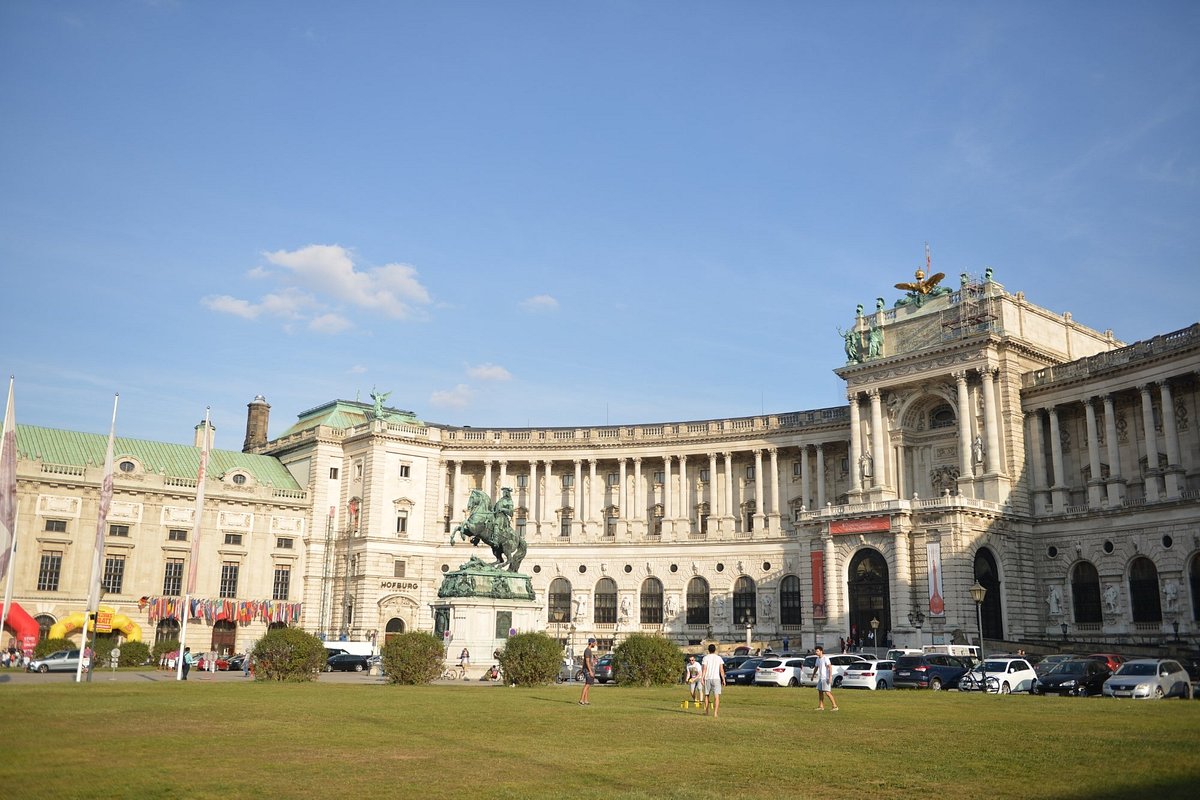Heroes’ Square, or Heldenplatz, was first established in the early 1800s. After French forces destroyed a portion of the city’s defenses, the officials chose to abandon the area, which was left as a sizable open area:
- Location: The square’s layout and features have evolved throughout time, nevertheless, as a number of noteworthy construction projects have been constructed nearby.
- Monument: One statue is the 1860 rendition of Archduke Karl on a horse. The Archduke famously defeated Napoleon at the Battle of Aspern-Essling in 1809, which was the French Emperor’s first loss in many a year. Not that Napoleon let the defeat affect him; a few weeks later and he was enjoying breakfast in the Habsburg summer palace having soundly beaten the Archduke at the Battle of Wagram.
- Statues and Sculptures: The second equestrian statue sits right in front of the Neue Burg. This one is the 1865 portrayal of Prince Eugene of Savoy, renowned military commander and owner of the Belvedere and Schloss Hof palaces.
- On March 15th, 1938, the crowds gathered on the square to see a small mustachioed man emerge onto the Neue Burg balcony and loudly proclaim that his homeland was now part of the German Reich.
- Cultural Institutions: Another Heldenplatz feature is the Äußeres Burgtor gate, erected in the 1820s to replace the one the French destroyed. Ostensibly a gateway into the square and Hofburg area, the Burgtor also served (and serves) as a military monument.
- The Volksgarten park runs along the short northwest edge. The Neue Burg palace wing (full of museums) and the Burggarten park mark the opposite southeast boundary.
Today, the Ringstrassen boulevard lines the long southwest edge while various tracts of the Hofburg palace (most notably the buildings now used by Austria’s president) form the opposite northeast edge.
